https://www.lifegate.it/cavoli
- |
- Over 3,500 varieties of cabbage are grown virtually throughout the world.
- They are rich in nutrients and allies of our well-being.They are antioxidant, anticancer, anti-inflammatory, cardioprotective.
- Raw or cooked in the kitchen they are a source of very tasty dishes and can accompany the entire meal:in pastas and soups, as a side dish or in vegetarian lasagne for an unusual single dish.
Marcus Cato and Apicius praised cabbage so much that they went so far as to say that all the virtues and flavors of other herbs were epitomized in it;that is to say that even the ancients were very greedy for this leaf, as the moderns are for it...
Characteristics and types of cabbage
The large Brassicaceae or Cruciferous family includes plants distributed across all continents and in almost all climates.The name Brassicaceae derives from the Celtic "bresic", meaning cabbage, while Cruciferae refers to the shape of the flower of which cabbages are usually made:four petals arranged in a cross.
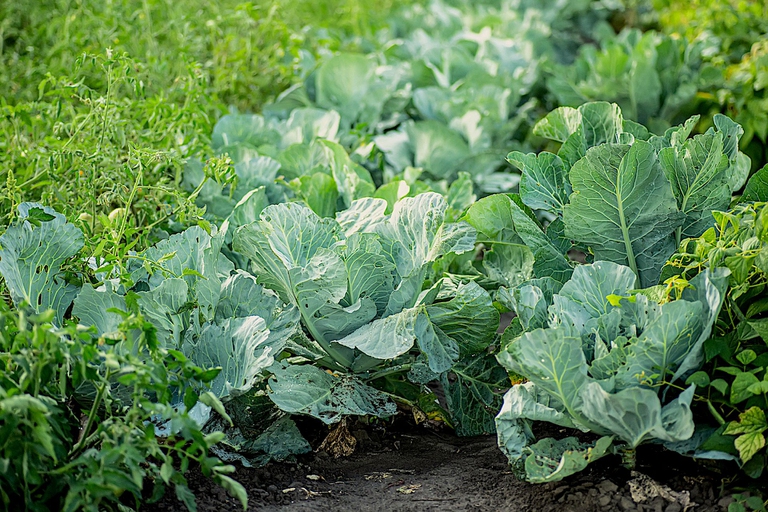
The wild origin of these vegetables is linked to Atlantic coasts of Western Europe, identified in the Brassica oleracea subspecies oleracea. Over the centuries numerous varieties have been developed, divided into groups main:
- acephala:Tuscan black cabbage, Galician cabbage and kale
- alboglabra:Chinese broccoli
- happened:cabbage and red cabbage
- gemmifera:Brussels sprouts
- gongylodes:kohlrabi
- truncate:Portuguese cabbage
So among the Cruciferae we can find:
- broccoli
- cauliflower
- Roman cabbage
- cabbage
- red cabbage
- black cabbage
- cabbage
- Brussels sprouts
- turnips
- turnip tops
- pak choi
- watercress
- radishes
- rocket
Because frosts make cabbages taste better
Cabbages can be found on the market stalls from November to spring, but it is after the first frosts that they become crunchier and tastier:their acids transform into sugars, the consistency becomes soft and the taste sweeter on the palate.In addition to thehuman nutrition, some varieties of cabbage are intended for forage or how ornamental plants.When you buy a cabbage, make sure that it is fresh, with firm and compact inflorescences, a beautiful deep green, without yellowish parts.You can then store it for four or five days in the refrigerator.
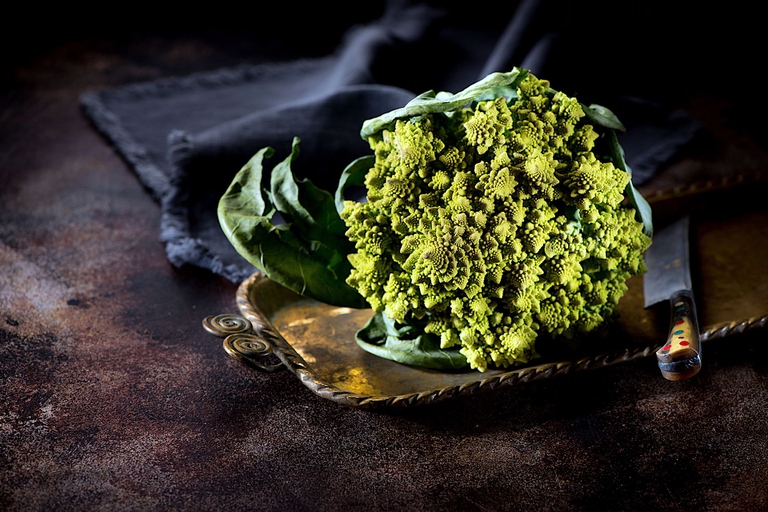
Properties and benefits of cabbage
But what are the nutritional properties of cabbages and their numerous benefits for our health?
- anticancer
- antidepressants
- antioxidants
- analgesics
- anti-inflammatories
- cardioprotective
- strengthen the immune system
- they help intestinal functionality and motility
I am antioxidants, anticancer And anti-inflammatories and rich in minerals such as potassium, calcium and phosphorus and then of folic acid, vitamin A, C And K.
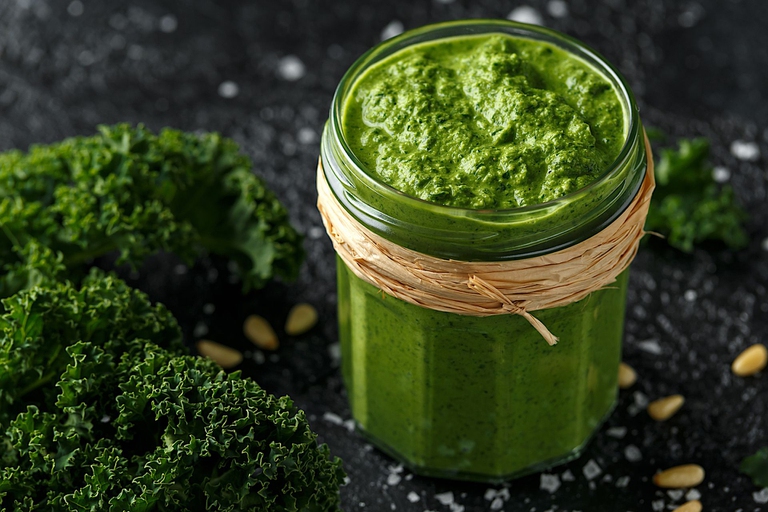
Vitamin C, in addition to having anti-inflammatory and antioxidant functions, supports the immune system.Broccoli is the cabbage that contains the most (twice as much as orange).The action anticancer it is attributed instead to the presence of sulforaphane.It gives the cabbage a spicy flavor and neutralizes free radicals, promoting the antioxidant activity and that of enzymes that counteract the proliferation of tumor cells.The good content of fibers claims the intestinal function, which is why those suffering from colitis, abdominal gas or Crohn's disease should moderate their consumption.(With a clarification:Crohn's disease is a chronic disease with fluctuating phases.Fibers should be absolutely avoided in the acute phase because they worsen the symptoms.However, they must be reintroduced when the patient is in remission, to promote the recovery of the microbiota).Cabbages are also a source of flavonoids, in particular quercetin, an antioxidant and antiviral, and anthocyanins, antioxidants and anti-inflammatory present especially in purple cabbage.
Among the many virtues of the cabbage family, recent scientific studies have highlighted and demonstrated that it is a "filter" for the lungs.In the study of Francis Crick Institute And published in “Nature”, researchers have discovered that molecules present in cabbage can help maintain a efficient barrier in the lungs, preventing both viral and bacterial infections and consequently protecting against pollution.

Why cabbages smell bad
When you cook cabbages they give off a bad smell throughout the house.It is due to the compounds of sulfur present that are released during cooking, together with many of the properties these vegetables are rich in.To contain these two problems, researchers suggest cooking with pressure cooker:cooking times, the loss of nutritional substances and the unpleasant spread of bad odors will be reduced.

To address this last problem, try also add a leaf of laurel or a little of white vinegar, or ginger, mint or fennel seeds.In addition to reducing the odor, they will make the cabbages more digestible, limiting the gastrointestinal symptoms of bloating.It is also recommended to consume raw cabbages, when possible, as in the case of cabbage, to take advantage of all the rich presence of useful substances (including sulfur compounds) and vitamins, among all, vitamin C which is thermolabile, in good part inactivated by cooking..
Cooking cabbages
'Brassica est quae omnibus oleribus antistat;eam esto vel coctam vel crudam.»
(It is cabbage that surpasses every other vegetable;you can eat it both cooked and raw.)
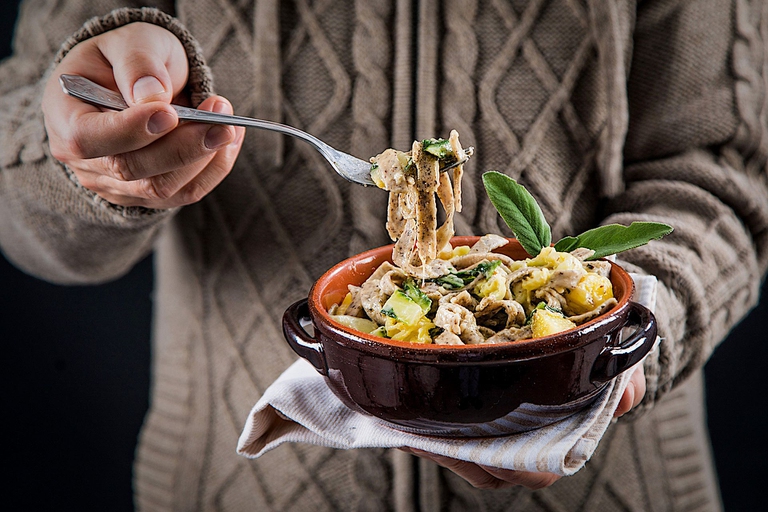
True, cabbage can be eaten cooked or raw (but not all).Raw they preserve all their nutritional properties, as happens with many vegetables.The cabbage it is perfect to enjoy in salads, finely chopped and seasoned with an emulsion of oil, lemon, salt and mustard.
The other members of the large family are mainly consumed cooked, but in many formulas:al steam, boiled, gratinated baked, skipped in the pan with garlic and oil as a very tasty side dish to accompany fresh cheeses, for example.They are perfect companions for one pasta, like the very traditional orecchiette with turnip tops, and protagonists of soups And velvety, but also creamy puree.Have you ever tried them for a really tasty veg lasagna?
To make a supply to consume all year round they can be preserved by fermentation.The thinly sliced cabbage mixed with table salt, pepper and natural flavors is left to ferment naturally for about two months.You will have some delicious ones sauerkraut to accompany succulent companions such as sausages, pork or mature cheeses, perhaps from mountain pastures.
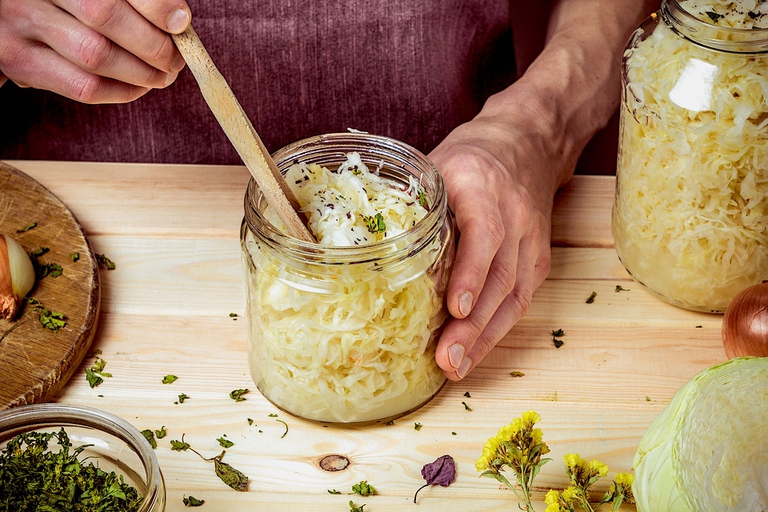
FAQ on cabbages
- What is the difference between cabbage and cauliflower? Cauliflower is a cabbage whose inflorescences we consume before they become fully ripe (like broccoli), while for many other cabbages, such as black cabbage or cabbage, the leaves are consumed.
- What is the difference between cabbage and cabbage? Savoy cabbage has wrinkled, almost curly leaves of an intense green colour, slightly shaded in light green towards the heart of the vegetable.Cabbage, on the other hand, is a compact "ball" of smooth leaves and a very light green or purple color (red cabbage).Unlike cabbage, thanks to its delicate taste, the habit of consuming it raw is more widespread, for example in salads.
- Can cabbages be eaten raw? Yes, cabbages can also be eaten raw (and they are delicious!) to best preserve their nutritional properties.Even delicate steam cooking allows you not to disperse them too much.
- What vitamins does black cabbage contain? Black cabbage contains a good amount of vitamins including vitamin A, B1, B2, B3, B6, B12, lots of vitamin C and also vitamin K.
